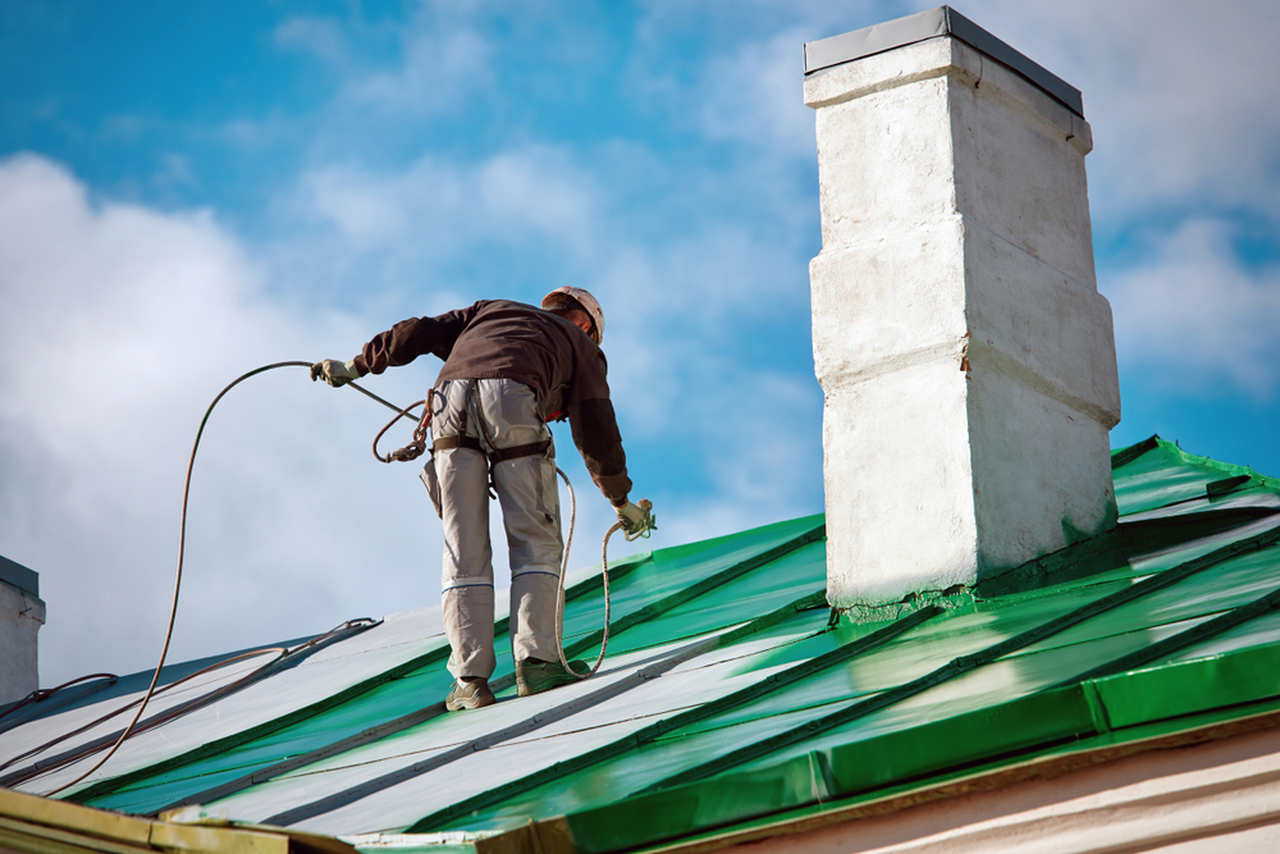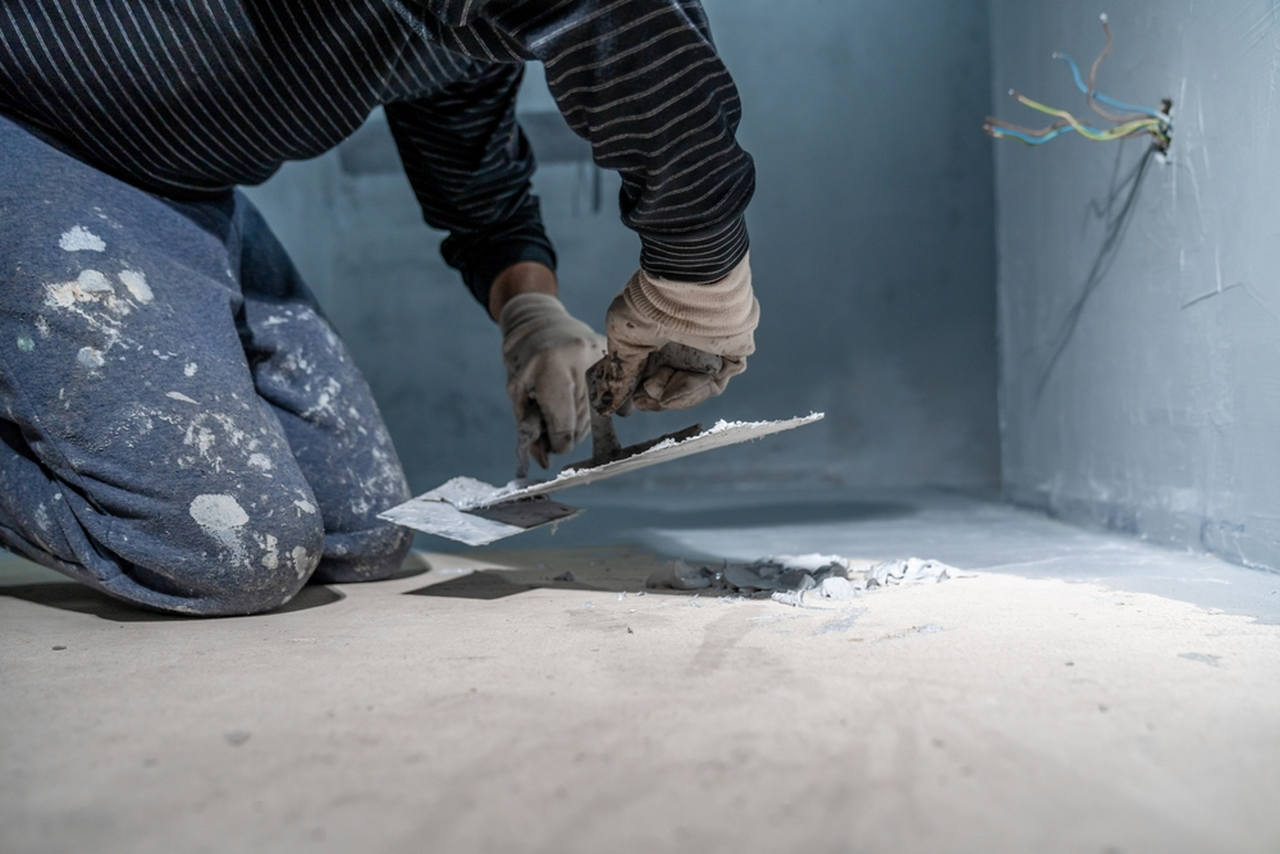Types of Waterproofing: Checking Out the Various Techniques and Their Applications
Waterproofing is a crucial facet of building and construction and maintenance. It protects structures from the destructive results of water damage. There are a number of methods available, each with its distinct applications and benefits. From membrane layer systems to cementitious services, comprehending these choices is essential for effective application. The option of waterproofing technique can substantially impact longevity and durability. Exploring these numerous techniques reveals their distinctive benefits and potential obstacles, triggering more consideration of optimal options.
Membrane Waterproofing Systems
Membrane layer waterproofing systems function as an important obstacle against water breach in various frameworks. These systems usually are composed of slim sheets made from materials like rubber, polycarbonate, or asphalt, which are related to surfaces to stop moisture penetration. They can be set up above or below grade and are especially efficient in locations susceptible to high water direct exposure, such as cellars, roofs, and foundations.The setup process entails cleaning up the substrate, applying adhesives or primers, and exactly suitable the membrane to ensure full coverage. Membrane systems can be either fully adhered, mechanically attached, or laid loose, depending upon the certain demands of the project. They provide longevity and flexibility, suiting architectural activities without compromising their waterproofing capacities. Moreover, these systems can be enhanced with added layers for enhanced defense. Inevitably, membrane waterproofing systems are crucial for securing structures against water damage and preserving lasting honesty.
Liquid-Applied Waterproofing Coatings
Liquid-applied waterproofing finishings offer a functional solution for safeguarding surfaces from water seepage - Landscape drainage Omaha. These finishes are composed of liquid products that, when used, create a smooth, adaptable membrane. Their versatility enables application on various substratums, consisting of concrete, steel, and wood. The finishings can be utilized in varied settings, from residential to industrial settings, making them ideal for roofings, structures, and below-grade structures.One considerable benefit of liquid-applied finishings is their ability to satisfy uneven forms and penetrate cracks, creating a robust barrier versus moisture. They often show excellent attachment homes and resistance to UV radiation, making sure longevity and sturdiness. Additionally, the application procedure is normally simple, enabling quick installation and decreased labor prices. This method also decreases the danger of water pooling, as the continuous layer properly directs water far from at risk areas. Overall, liquid-applied waterproofing layers are a reliable selection for extensive water defense
Cementitious Waterproofing Solutions

Cementitious waterproofing solutions offer a robust option for frameworks calling for trusted wetness defense. These systems mostly utilize a mix of concrete, sand, and chemical ingredients to create a waterproof barrier. They are frequently put on surfaces such as concrete wall surfaces, foundations, and floors, offering a durable, long-lasting protection like this against water intrusion.One of the key advantages of cementitious waterproofing is its ease of application; it can be applied utilizing a brush, roller, or spray, making it suitable for numerous job sizes. Additionally, this technique is suitable with many surfaces and can typically be used together with other waterproofing techniques.Cementitious remedies are particularly reliable in environments where water direct exposure is a problem, such as basements or below-grade frameworks. Their outstanding bond residential properties guarantee that they bond well with substratums, giving a strong and nonporous layer versus moisture penetration.
Bentonite Waterproofing
Bentonite waterproofing is an extremely effective approach that makes use of sodium bentonite clay to create a natural obstacle against water. This method exploits the unique buildings of bentonite, which broadens upon contact with water, sealing any type of prospective leakages and avoiding moisture infiltration. It is frequently made use of in different applications, consisting of foundation walls, passages, and preserving wall surfaces, where water resistance is essential.Bentonite can be used in a number of types, such as panels or blankets, providing flexibility in installment. Its ability to self-seal makes it an attractive option for areas subject to moving soil or fluctuating water degrees. In addition, bentonite waterproofing is environmentally pleasant, as it is a natural material that does not introduce harmful chemicals right into site the environments.
Drainage and External Waterproofing Systems
Efficient waterproofing commonly includes a mix of strategies, consisting of water drainage and exterior systems. Water drainage systems, such as French drains pipes and sump pumps, are designed to reroute water away from frameworks, lowering hydrostatic pressure versus structures. These systems are crucial in protecting against water build-up that can cause structural damages and mold and mildew growth.External waterproofing, on the other hand, includes using safety obstacles to the building's exterior. Methods such as the setup of waterproof membranes, coatings, or sealers can assist prevent water seepage. This approach not only protects the structure but also enhances the general toughness of the structure.Together, drainage and exterior waterproofing systems create an extensive option to handle water properly. By implementing these methods, homeowner can protect their financial investments against the harmful effects of moisture, guaranteeing long-lasting stability and security for their structures.
Often Asked Inquiries
Just how Do I Choose the Right Waterproofing Approach for My Job?
Choosing the ideal waterproofing approach depends on elements such as job kind, ecological conditions, budget plan, and desired durability. Reviewing these facets enables educated decisions tailored to details demands and requirements.

Can Waterproofing Be Applied in Cold Climate Conditions?
Waterproofing can be used in winter conditions, but it requires details products and techniques. Cold temperatures might influence healing times and adhesion, demanding careful choice of items made for low-temperature application.
What Are the Typical Indications of Waterproofing Failing?
Typical indications of waterproofing failing consist of noticeable water discolorations, peeling paint, moist smells, mold and mildew growth, and cracks in walls or foundations. Foundation waterproofing Omaha. These indicators suggest that dampness is penetrating the obstacle, compromising its efficiency
For How Long Does Waterproofing Last Before Needing Maintenance?
The long life of waterproofing differs, normally lasting between 5 to one decade. Variables such as material high quality, environmental conditions, and maintenance techniques influence its toughness, necessitating regular examinations to assure effective protection against water invasion.
Exist Eco-Friendly Waterproofing Options Available?
The question of eco-friendly waterproofing alternatives reveals a growing passion in sustainable products (French drain installation Omaha). Numerous natural materials, such as plant-based sealers and recycled try these out products, offer effective services while decreasing ecological effect, attracting ecologically conscious consumers